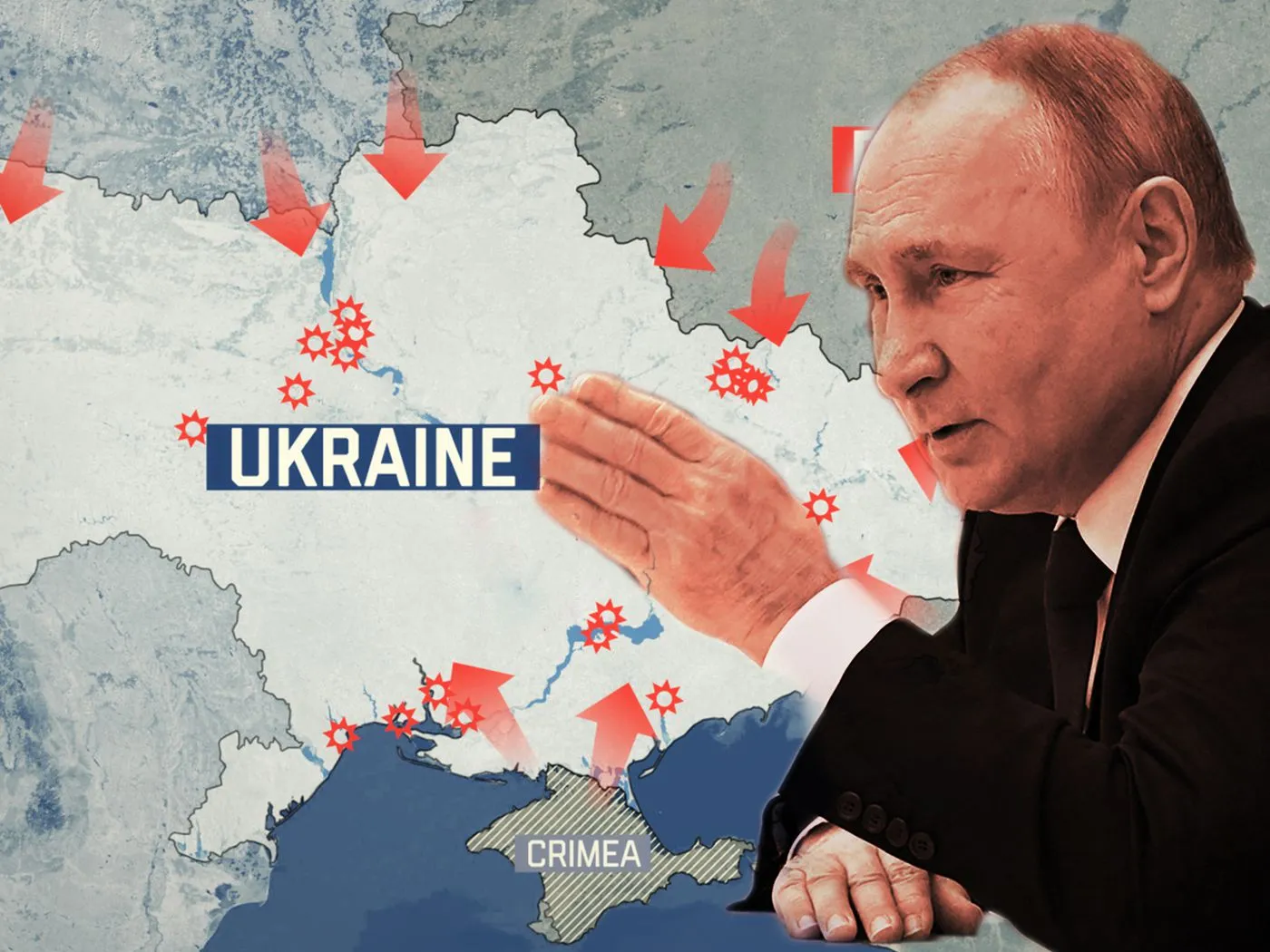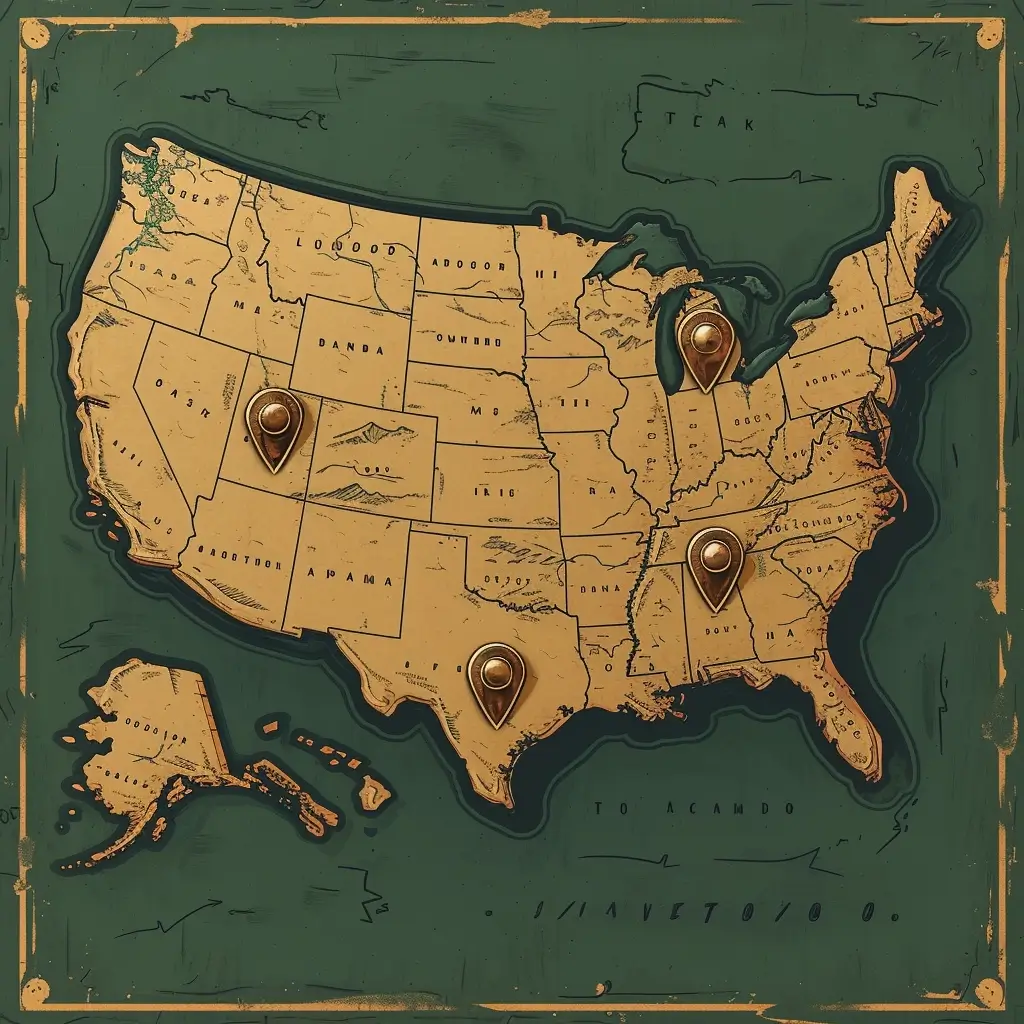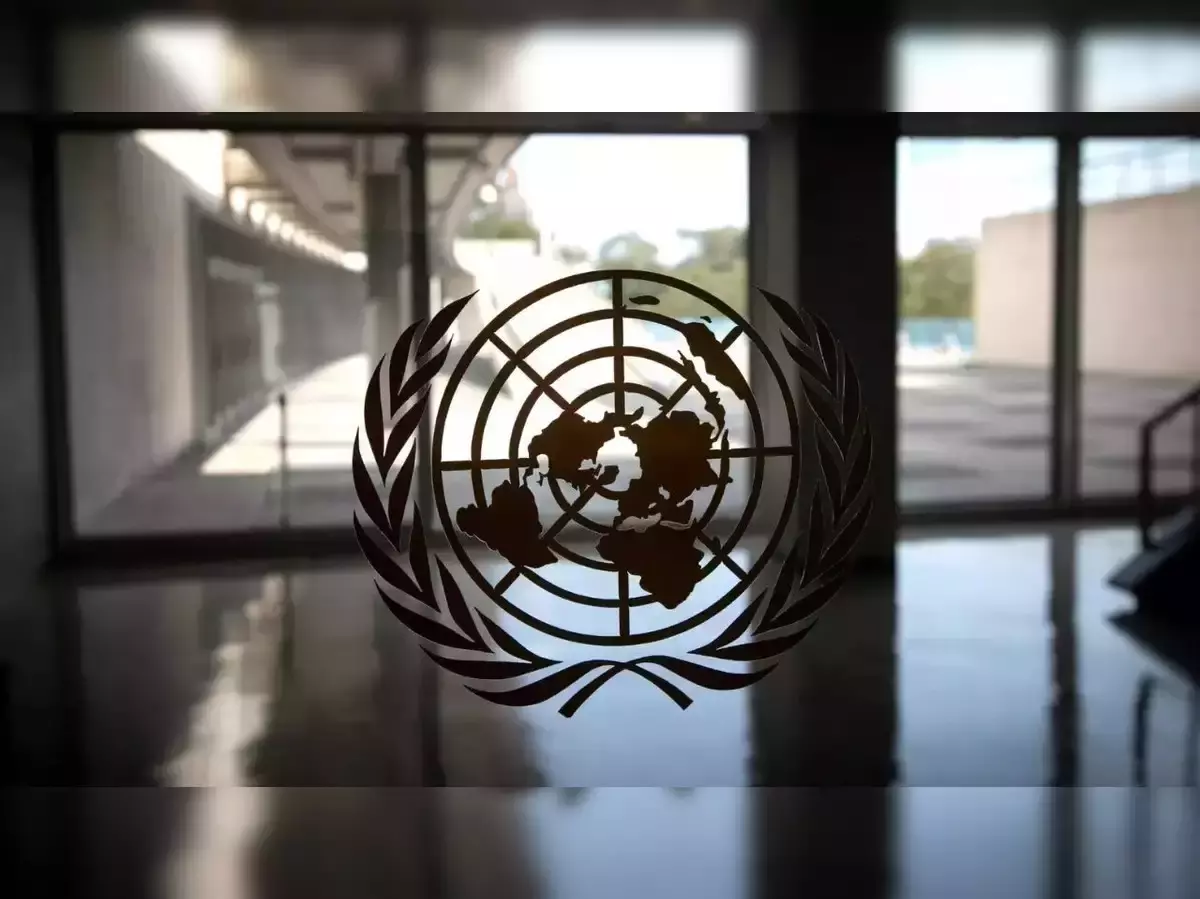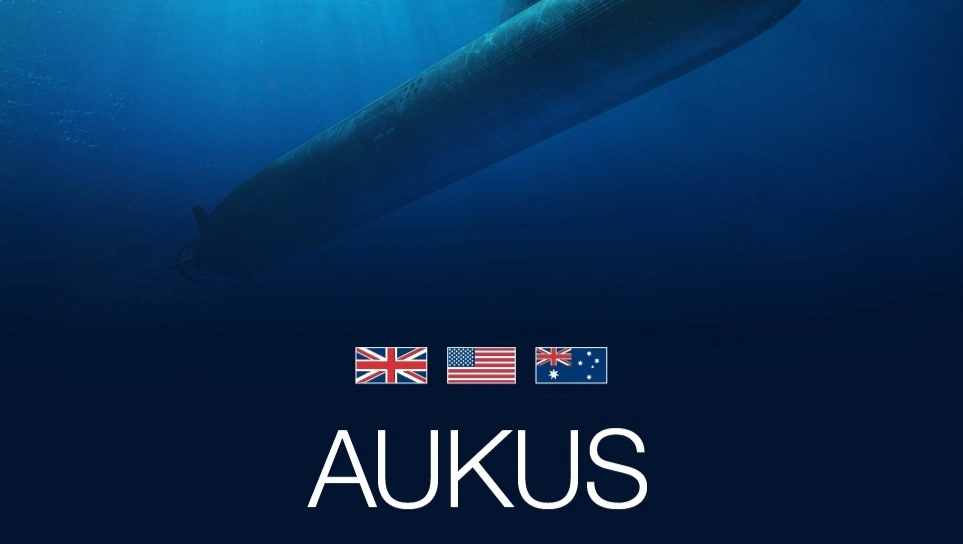Tensions have reached a boiling point between Russia and Ukraine, unleashing what is now known as the ongoing Russia-Ukraine War. This conflict has captivated the world’s attention and sparked concerns of a potential global crisis. With the Russian military’s incursion into Ukrainian territory, the situation has escalated dramatically, leaving both countries and the international community on edge.
In this article, we delve into the heart of this conflict, examining the causes, consequences, and key players involved. We explore the historical context that has shaped this long-standing rivalry, as well as the political and economic factors driving the current hostilities. From the annexation of Crimea to the ongoing battles in Eastern Ukraine, we provide a comprehensive overview of this contentious war.
Join us as we navigate the complexities of the Russia-Ukraine War, shedding light on the geopolitical dynamics at play and analyzing the potential ramifications for regional and global stability. Stay informed with the latest developments and gain a deeper understanding of the conflict that continues to shape the future of these two nations.
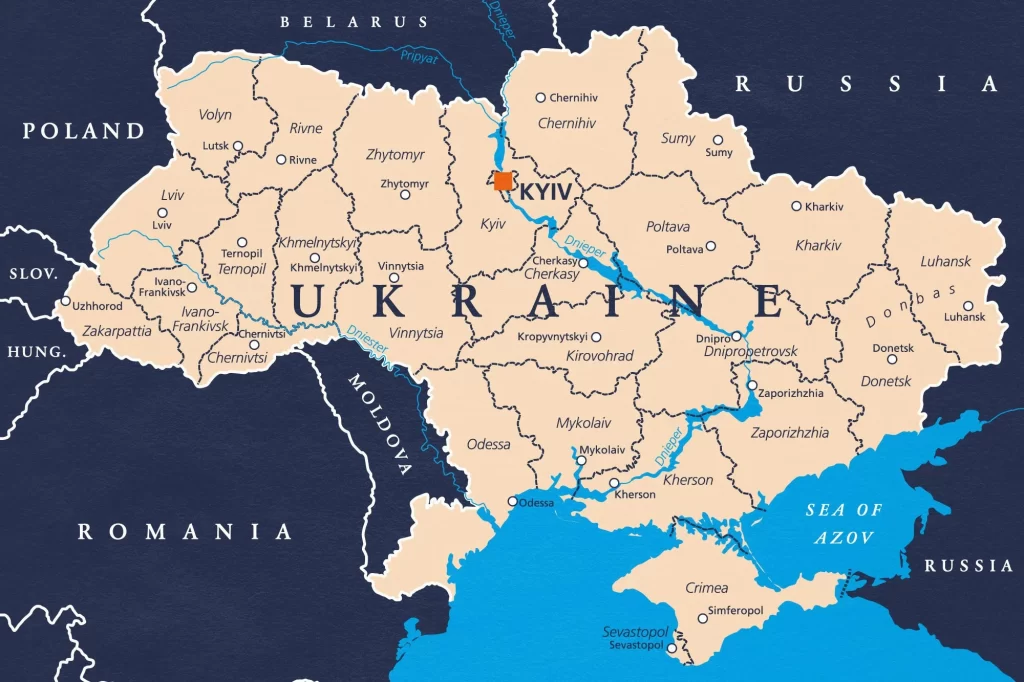
Background of the Russia-Ukraine conflict
The roots of the Russia-Ukraine conflict can be traced back to centuries of shared history and a complex web of cultural, political, and economic ties. Ukraine, once part of the Soviet Union, gained independence in 1991 following the USSR’s collapse. However, the transition to an independent nation was not without its challenges.
Ukraine’s strategic location, situated between Russia and the European Union, has made it a battleground for influence. The country has long been caught in a tug-of-war between East and West, with Russia seeking to maintain its dominance in the region and the EU offering Ukraine the promise of closer ties and economic integration.
Tensions between Russia and Ukraine escalated in 2014 when Russia annexed Crimea, a region historically and culturally significant to both nations. The move was met with international condemnation, as it violated Ukraine’s sovereignty and territorial integrity. The annexation of Crimea marked a turning point in the conflict, leading to a series of events that eventually spiraled into a full-blown war.
Causes of the Russia-Ukraine war
The causes of the Russia-Ukraine war are multifaceted, with both historical and contemporary factors contributing to the conflict. At its core, the war can be seen as a struggle for power and influence in the region, driven by political, economic, and ideological motivations.
One of the main triggers of the conflict was Ukraine’s decision to pursue closer ties with the European Union. This move was met with resistance from Russia, which viewed it as a threat to its influence over Ukraine. Russia has long considered Ukraine as part of its sphere of influence and felt threatened by the potential loss of control.
Another underlying cause of the conflict is the issue of ethnic identity. Ukraine is a diverse country with a significant Russian-speaking population, particularly in the eastern regions. This has created divisions within Ukrainian society, with some regions leaning towards closer ties with Russia, while others seek stronger connections with the West.
The economic factor also plays a significant role in the conflict. Ukraine’s economic struggles, corruption, and lack of development have fueled discontent among its citizens. Russia has used this to its advantage, exploiting the economic vulnerabilities of Ukraine and offering financial support to pro-Russian separatist groups.
Key players in the conflict
The Russia-Ukraine war involves several key players, each with their own interests and agendas. Understanding the motivations and actions of these actors is crucial to gaining a comprehensive understanding of the conflict.
- Russia – As the primary aggressor in the war, Russia plays a pivotal role. Its goal is to maintain influence over Ukraine and prevent it from joining Western institutions such as NATO and the EU. Russia has provided military support to separatist groups in Eastern Ukraine and has been accused of direct involvement in the fighting.
- Ukraine – Ukraine is the primary target of Russian aggression. The Ukrainian government has been fighting to defend its sovereignty and territorial integrity. It has received support from Western countries, including military aid and diplomatic backing.
- United States and European Union – The US and EU have taken a strong stance against Russia’s actions in Ukraine. They have imposed economic sanctions on Russia and provided support to Ukraine. The US has also sent military advisors and equipment to assist the Ukrainian armed forces.
- NATO – The North Atlantic Treaty Organization has been closely monitoring the conflict and has expressed solidarity with Ukraine. While NATO has not directly intervened militarily, it has increased its presence in Eastern Europe as a deterrent to Russian aggression.
Timeline of major events in the Russia-Ukraine war
To understand the progression of the Russia-Ukraine war, it is essential to examine the major events that have shaped the conflict. The timeline below highlights significant milestones from the annexation of Crimea to the ongoing battles in Eastern Ukraine.
- 2014: Russia annexes Crimea, leading to international condemnation and sanctions.
- 2014: Pro-Russian separatists in Eastern Ukraine declare independence, leading to armed conflict.
- 2014-2015: Heavy fighting in Donetsk and Luhansk regions between Ukrainian forces and separatists.
- 2015: Minsk agreements signed, aiming for a ceasefire and political resolution.
- 2016: Fighting continues despite the ceasefire, with periodic escalations and violations.
- 2022: Ongoing battles in Eastern Ukraine, with casualties on both sides
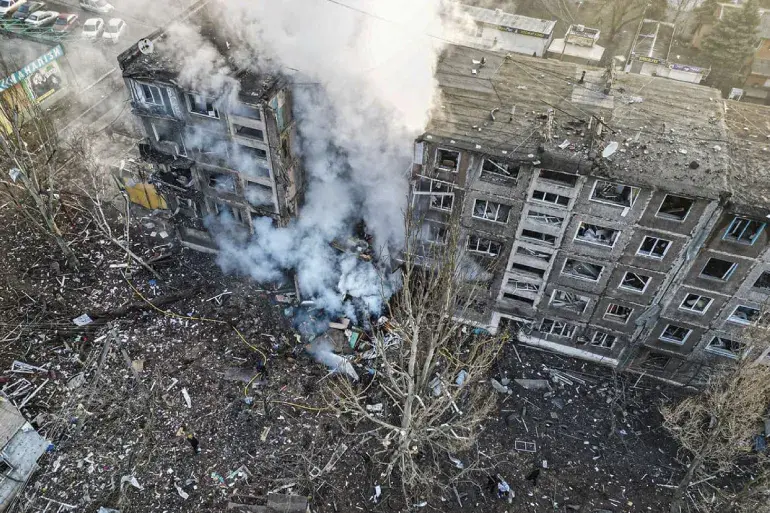
International response to the Russia-Ukraine war
The Russia-Ukraine war has sparked a significant international response, with countries around the world expressing concern and taking action to address the conflict. The response has varied, ranging from diplomatic efforts to economic sanctions and military support.
The United Nations (UN) has been actively involved in trying to resolve the conflict. The UN Security Council has held numerous meetings to discuss the situation and has called for a peaceful resolution. However, the Security Council’s efforts have been hindered by Russia’s veto power as a permanent member.
The European Union has played a crucial role in supporting Ukraine throughout the conflict. The EU has imposed economic sanctions on Russia and has provided financial assistance to Ukraine. It has also facilitated negotiations between the parties involved, aiming to find a peaceful resolution.
The United States has been a vocal critic of Russia’s actions in Ukraine. The US government has imposed sanctions on Russia and has provided military support to Ukraine, including weapons and training. The US has also been actively involved in diplomatic efforts to find a solution to the conflict.
Humanitarian crisis and impact on civilians
The Russia-Ukraine war has resulted in a severe humanitarian crisis, with significant implications for the civilian population. The conflict has led to the displacement of thousands of people, both within Ukraine and across its borders. Many civilians have been forced to flee their homes, seeking safety and shelter elsewhere.
The fighting has also resulted in a high number of casualties, including both military personnel and civilians. The use of heavy artillery and indiscriminate shelling has caused significant damage to infrastructure, including schools, hospitals, and residential areas. The conflict has disrupted essential services, such as access to clean water, healthcare, and education.
The humanitarian crisis has been further exacerbated by the economic impact of the war. The ongoing hostilities have disrupted trade and investment, leading to job losses and economic instability. This has left many people struggling to meet their basic needs and has deepened the socio-economic divide within Ukrainian society.
Economic implications of the Russia-Ukraine war
The Russia-Ukraine war has had far-reaching economic implications, not only for the two countries involved but also for the wider region and the global economy. The conflict has disrupted trade and investment, leading to economic uncertainty and instability.
Ukraine, already facing economic challenges prior to the war, has seen its economy further deteriorate. The country has experienced a decline in foreign investment, a devaluation of its currency, and a contraction of its GDP. The ongoing hostilities have hindered economic development and hindered efforts to address systemic issues such as corruption and governance.
Russia has also felt the economic impact of the war. The country has faced international sanctions, which have restricted its access to global markets and technology. The decline in oil prices has further exacerbated Russia’s economic challenges, as oil exports are a significant source of revenue for the country.
The wider region has also been affected by the economic consequences of the war. Eastern European countries heavily rely on trade with both Russia and Ukraine, and the conflict has disrupted these economic ties. The European Union has also felt the impact, with economic sanctions on Russia affecting trade and investment.
Media coverage and propaganda in the Russia-Ukraine war
Media coverage and propaganda have played a significant role in shaping public opinion and the narrative surrounding the Russia-Ukraine war. Both sides have used media to disseminate their version of events and to influence international perception.
Russia has been accused of using state-controlled media to spread disinformation and propaganda. The Russian government has sought to portray the conflict as a fight against fascism and to justify its actions in Ukraine. This has created a distorted view of the situation, making it challenging for international observers to discern the truth.
Ukraine has also faced challenges in shaping the narrative surrounding the conflict. The country has struggled to counter Russian propaganda effectively and to present its side of the story to the international community. Ukraine has sought to highlight Russia’s aggression and violations of international law but has faced difficulties in gaining global support.
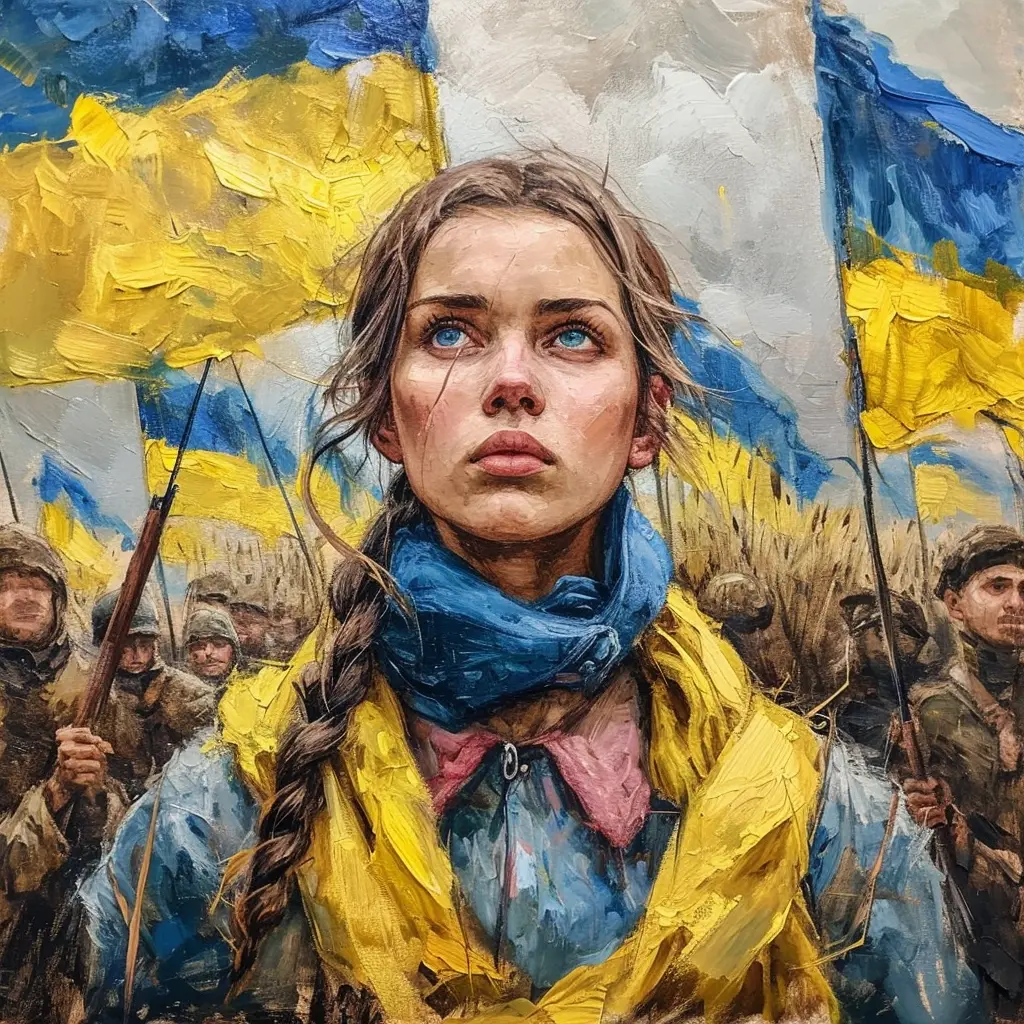
Possible resolutions and prospects for peace
Finding a peaceful resolution to the Russia-Ukraine war is a complex and challenging task. The conflict involves deep-rooted historical and geopolitical issues that cannot be easily resolved. However, various initiatives and negotiations have been undertaken in an attempt to find a solution.
The Minsk agreements, signed in 2015 and 2016, aimed to establish a ceasefire and a political resolution to the conflict. However, the agreements have been repeatedly violated, and the fighting has continued. Efforts to revive the peace process have been hindered by a lack of trust between the parties involved.
A potential resolution to the conflict lies in a comprehensive and inclusive dialogue between Russia, Ukraine, and the separatist groups. This dialogue should address the underlying causes of the conflict, including issues of identity, autonomy, and economic development. It should also involve the international community, providing support and oversight to ensure a fair and sustainable resolution.
Future implications
The Russia-Ukraine war is a complex and multifaceted conflict with significant implications for regional and global stability. The ongoing hostilities have led to a humanitarian crisis and a severe economic downturn in Ukraine. The conflict has also strained relations between Russia and the West, with economic sanctions and diplomatic tensions.
The future implications of the conflict remain uncertain. The war has created divisions within Ukrainian society and has deepened the rift between Russia and the West. Finding a peaceful resolution will require a concerted effort from all parties involved, as well as the support of the international community.
As the conflict continues to unfold, it is crucial to stay informed and critically evaluate the information presented by the media. Understanding the complexities of the Russia-Ukraine war will enable us to contribute to the dialogue surrounding the conflict and work towards a peaceful and sustainable resolution.
If you found this analysis insightful and wish to deepen your understanding of the region, we invite you to read our article about Russia’s Geography. Delving into the geographical context offers valuable perspectives on the strategic significance of the region and further enriches our comprehension of the underlying dynamics at play.

